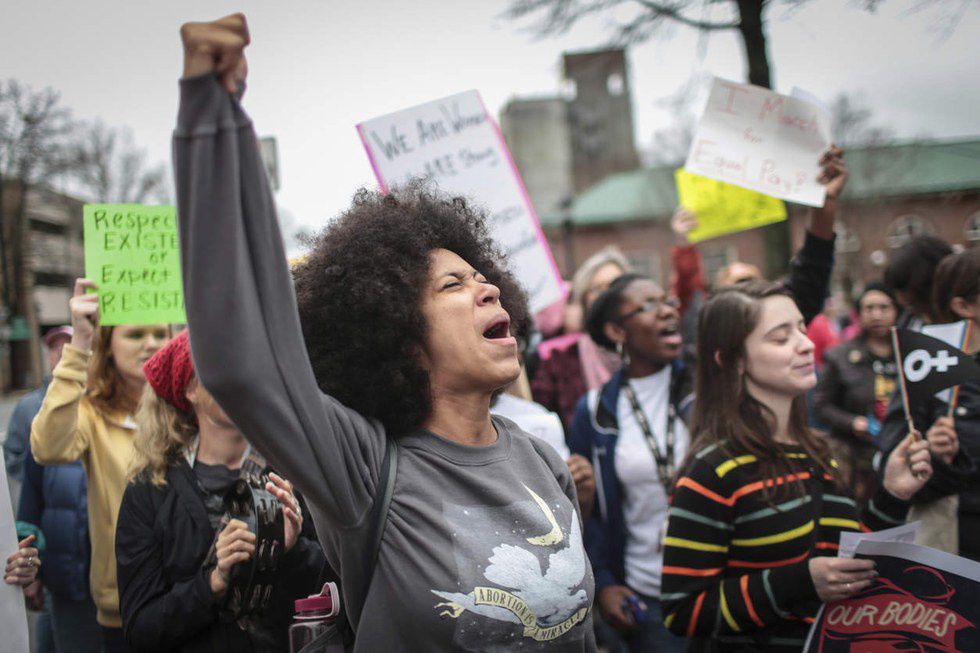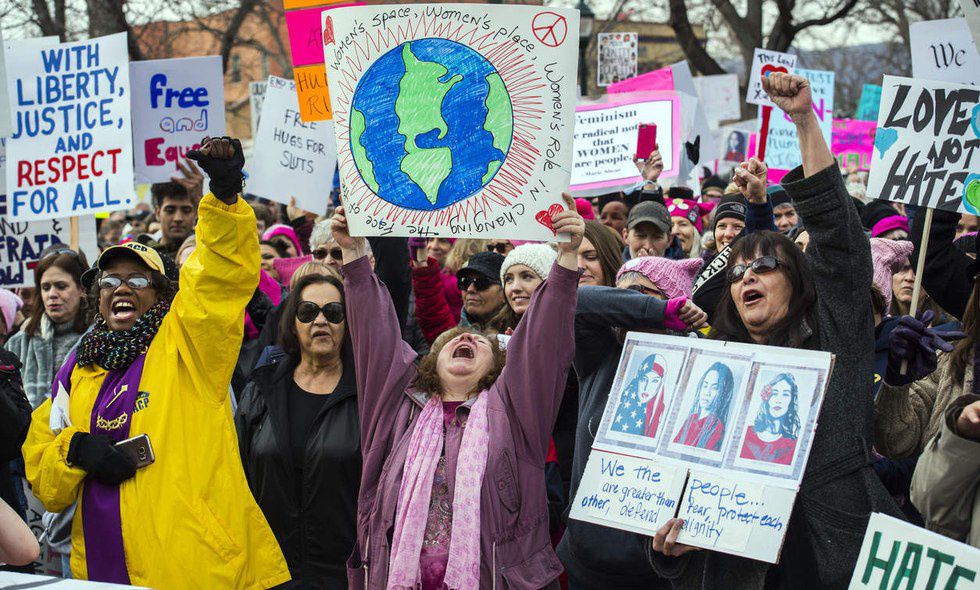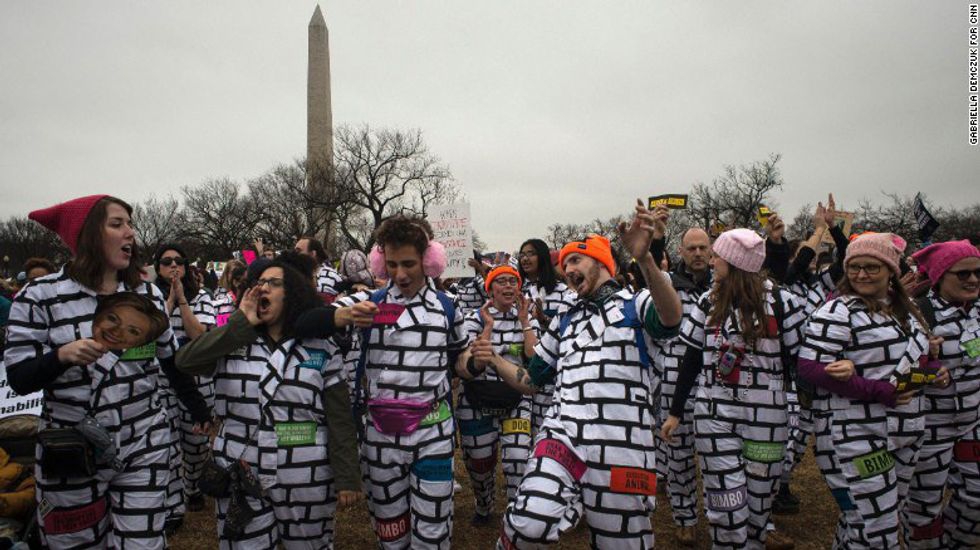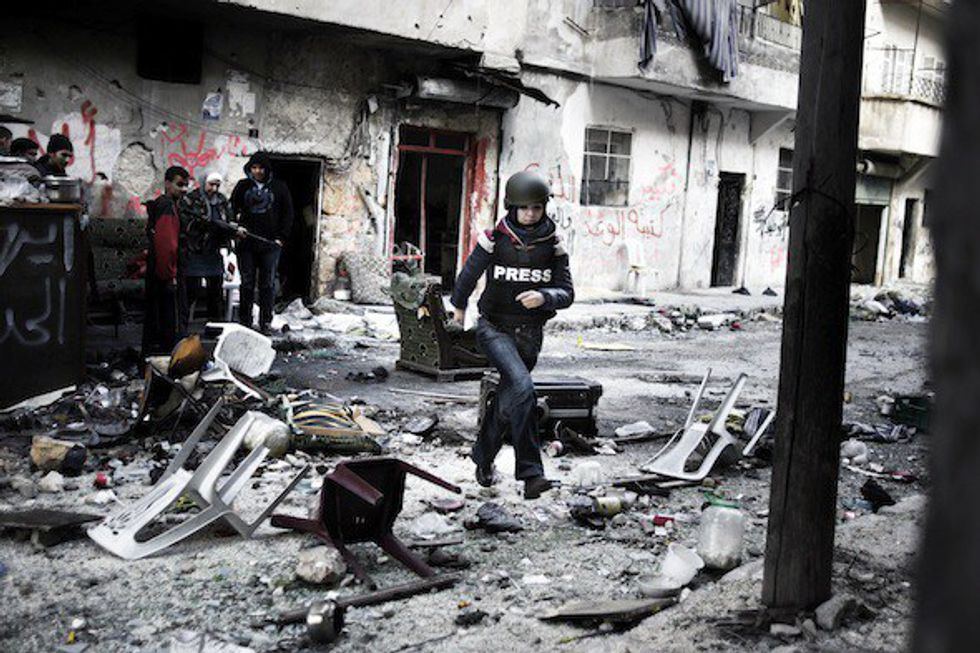"You don't take a photo; you make it."
That's the first lesson you learn when taking a photography class. While this was meant to have a more technical connotation to it (light, angle, shadows and other aspects), this quote carries a greater meaning.
When you look at a photograph, be it that selfie you took with your friend at the movies or that excellent New York Times front page, that photo tells you a story. No wonder many people say that a picture is worth a thousand words.
The story pictures tell means so much more than just a camera click. Especially those taken far from us, depicting culture, habits, and struggles different from ours. Those tell even more important stories since they capture emotions that words can't even begin to describe.
Afghan girl in a Pakistani refugee camp, 1984
Honestly, this is one of my favorite pictures out there. It gives me chills to imagine what that girl went through and you can almost see the uncertainty in her eyes. This is considered the most iconic photograph of National Geographic.
When a photographer is out there, in the middle of riots, civil wars and protests frantically taking pictures, it means something. They swallow their own fear, anxiety and pain to capture others' with their camera. Photographers are out there and have the responsibility to make those clicks count.
Francesca Borri, freelance photographer in Aleppo, Syria
And oh, boy. How those clicks count. Lately, especially with social media spreading images and videos so fast, photography has been used as a tool for social change. Everyone remembers the picture of Omran Daqneesh, the 5-year-old who got hurt after an airstrike in Aleppo, Syria:
Some people only started noticing what was really happening in Syria after seeing that touching image of Omran. This picture shocked the world; it made people (myself included) want to fly to Syria and scoop that child in their arms and take care of him. That picture and people's reaction to it pressured governments to take action against the atrocities being made in Syria and even made more people donate to aid and relief organizations.
All of that because of a photograph.
We, as global citizens, must never forget the power of a photograph to change the world and must never forget to thank those photographers showing those stories to us. They matter more than we give them credit for.
My social media feeds are beautifully full of pictures and stories about the Women's March that happened on Saturday, and it reminded me just how important images are for people to understand pain, fear and, most importantly, hope. I want to share just a few examples of how pictures describe emotions in a way words could never do.
Hopefully, people who don't understand the struggle of being part of a minority group will get emotional after seeing these pictures and pressure the people in charge to respect our rights and feminism. Photography is there to witness, to prove and to celebrate all our stories, and most importantly, to promote social change.






Never underestimate photography. Keep fighting. Keep
























